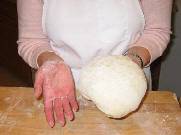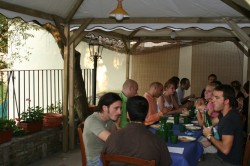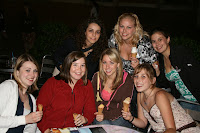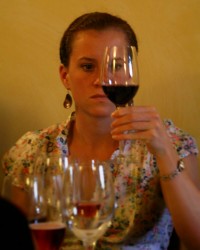
The end of every Umbra semester culminates in a combination art show and photography exhibit allowing students a chance to showcase their work. This summer, the show took place in the Umbra III building, and exquisite pieces of watercolor, pastel drawing, and black and white photography hung from the walls as students perused their colleagues’ work. Over glasses of wine and finger foods, program participants chatted with one another about their time in Perugia over the summer, and all the memories made.
One student, however, walked out with more than memories in pocket. Chloe Keeney, a student in Martha Wakeman’s Pastel Drawing in Perugia class, had several pieces on display. So impressed by Keeney’s work, a fellow student asked how much she would sell them for; an offer was promptly made, and two of
Keeney’s pastels were carted off. An Umbra staff member shortly followed suit and purchased another drawing. Asked if she’d expected to walk out of the art show a richer woman, Keeney smiled graciously and shook her head. It just goes to show that you never know what can happen on a last day in Italy.
Just a few hours after the art show, students lined up in Piazza Italia to board

Another semester over; another adventure begun.























